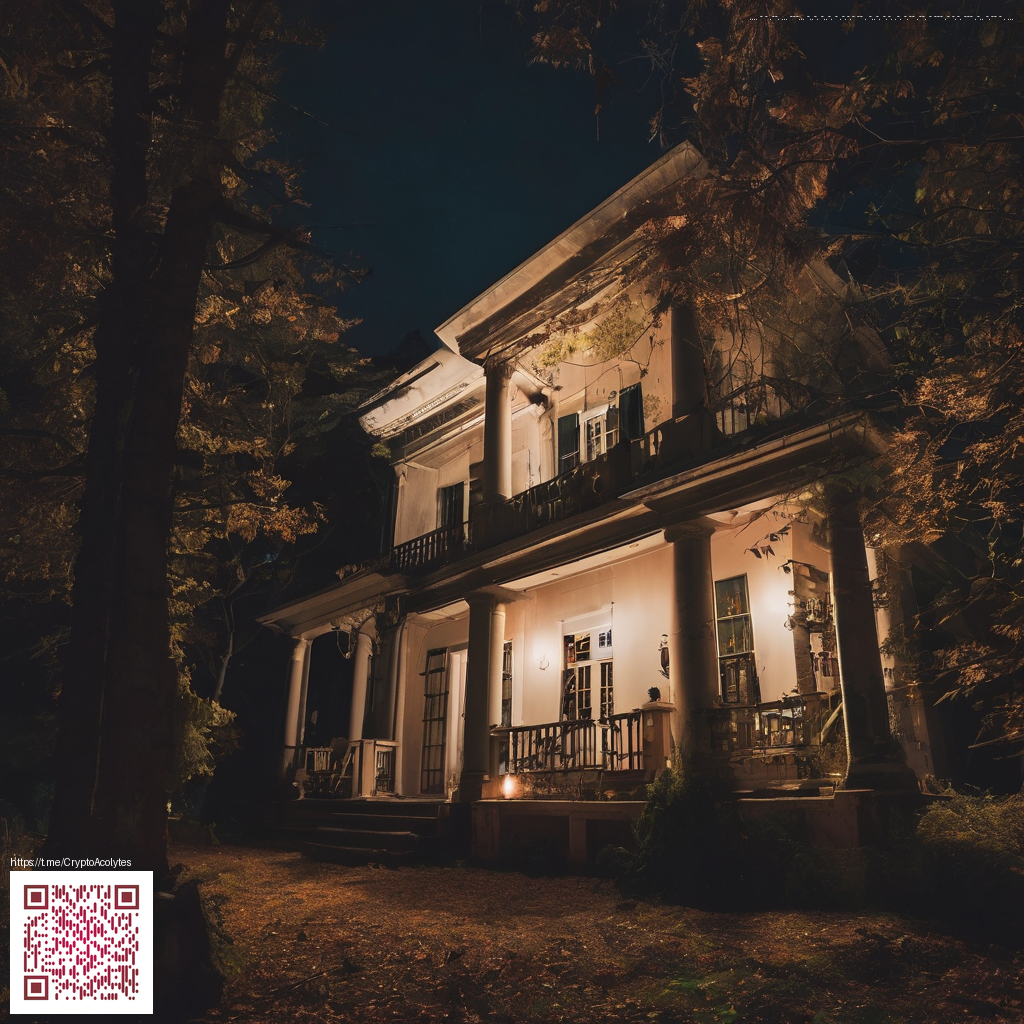
Hardness and Blast Resistance Explained for Sticky Piston in Minecraft
In Minecraft two numbers govern how blocks behave when you interact with them blasting and breaking. Hardness tells you how long it takes to break a block with a proper tool. Blast resistance determines how well a block stands up to explosions such as TNT or a creeper blow. The sticky piston is a staple for builders and redstone fans alike and its values offer a clear example of how these numbers play out in practice.
What the numbers mean in game play
The sticky piston carries a hardness of 1.5 and a blast resistance of 1.5. In practical terms this places it in the same general ballpark as many common solidity blocks. When you mine a sticky piston with a correct tool you will see it break faster than you would break with your bare hands, and the exact timing depends on your tool type and enchantments. When disasters strike with explosions the block holds up to a point but can be destroyed if the blast is strong enough or very close. This balance makes sticky pistons reliable for a wide range of contraptions while still leaving room for careful protection against blasts.
Hardness in practice for builders
Hardness affects how long a block lasts under mining pressure. For sticky pistons, the value of 1.5 means it is not instantly broken by any pickaxe but does not require the heaviest kit to clear. Builders typically use steel or diamond picks to remove pistons when upgrading or reworking a mechanism. If you attempt to break a sticky piston with your hands or with a tool that is not appropriate for the task, you will spend more time than you would expect. Plan your redstone layouts so that piston blocks can be replaced or reset without tearing down entire machines.
Blast resistance and survival around explosions
Blast resistance is all about how a block interacts with explosive force. A sticky piston resists blasts moderately, enough to survive casual tremors and nearby detonation attempts in many setups. That said, a powerful blast or close proximity explosion can still take it out. The key takeaway for builders is to design around this limitation. If your redstone chamber sits near potential blast sources, consider protective layers or blast shields using blocks with higher resistance such as obsidian or reinforced stone variants. This approach helps keep your piston arrays intact when the neighborhood goes boom.
States and behavior you should know
From a data perspective the sticky piston has two core states and multiple orientations. It can be extended or retracted and it can face in six directions north east south west up or down. This versatility makes it a favorite for compact machines where space is at a premium. When designing a piston powered door or a moving wall the facing direction determines which blocks move and how the mechanism interacts with power sources. Remember that the extended state interacts with moving blocks differently than the retracted state so a little planning goes a long way.
Practical building tips for stickies
- Plan your redstone layout with modular sections so you can swap out pistons without disassembling the entire mechanism
- Use slime blocks and compatible blocks to create smooth, multi block movements that preserve item alignment
- Protect pistons from blasts by surrounding with higherResistance blocks or glass barriers to limit line of sight
- Orient pistons using their facing state before powering to ensure reliable extension and retraction
- Test your contraptions in creative mode first to refine timing and block interactions before switching to survival
Modding culture and community creativity
Across the community you will find inventive uses for sticky pistons beyond simple doors. Modders and datapack creators experiment with alternative blast resistance values to create unique challenge maps and creative blocks that respond to redstone in unexpected ways. Builders share blueprints for double and triple piston extenders, hidden compartments, and dynamic walls that respond to light or player proximity. The result is a thriving ecosystem where tinkering and craftsmanship go hand in hand with imagination.
For fans of structure and engineering, sticky pistons represent a microcosm of Minecraft’s deeper systems. They embody how a single block can be both a mechanical hero and a component with clear physical limits. The interaction of hardness and blast resistance invites careful planning, clever redundancy, and graceful recovery when builds run into trouble. That is part of the charm that keeps the game fresh for long time players and new builders alike 🧱💎🌲⚙️.
If you want to dive deeper into the broader world of Minecraft and see how other creators push the edges of what is possible with redstone and block properties, check out the latest reads from our network below. They offer fresh perspectives on design, symmetry, and the clever tricks that keep a world alive with activity.
Support Our Minecraft Projects